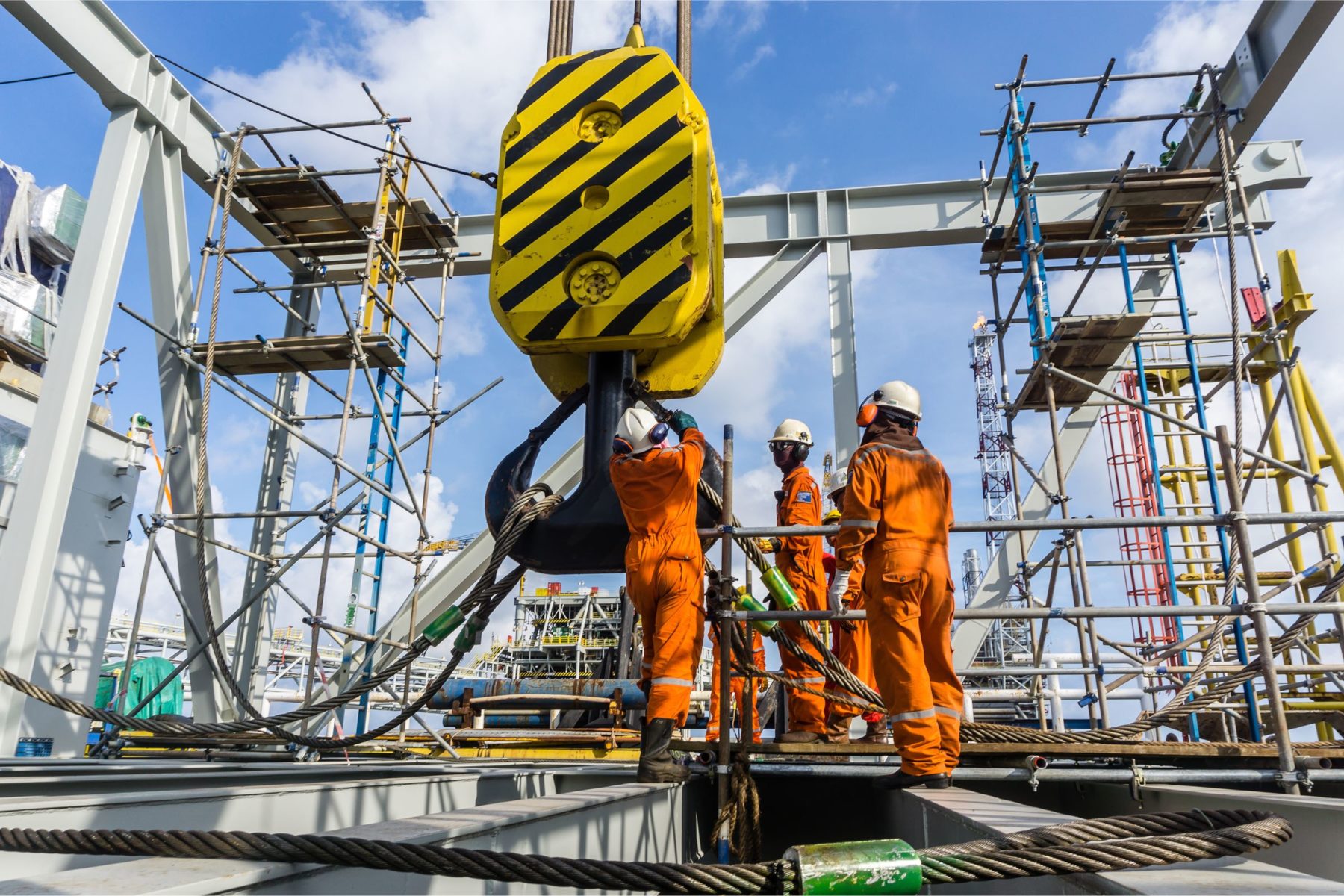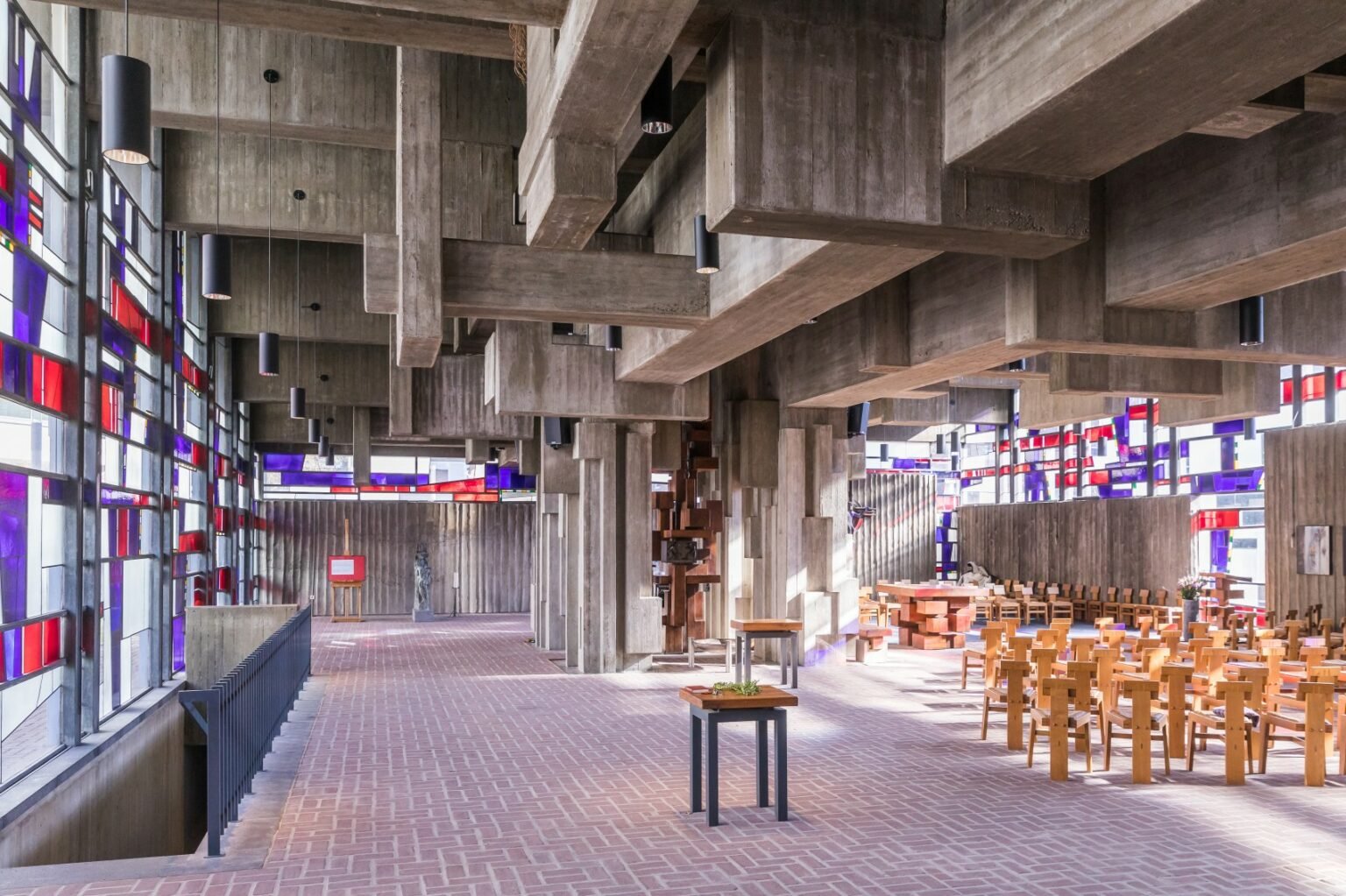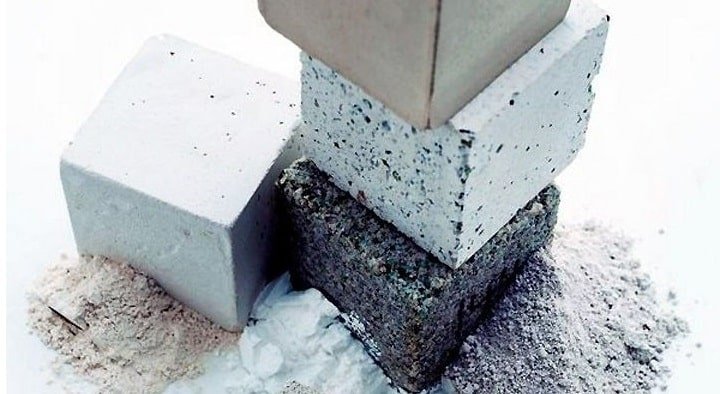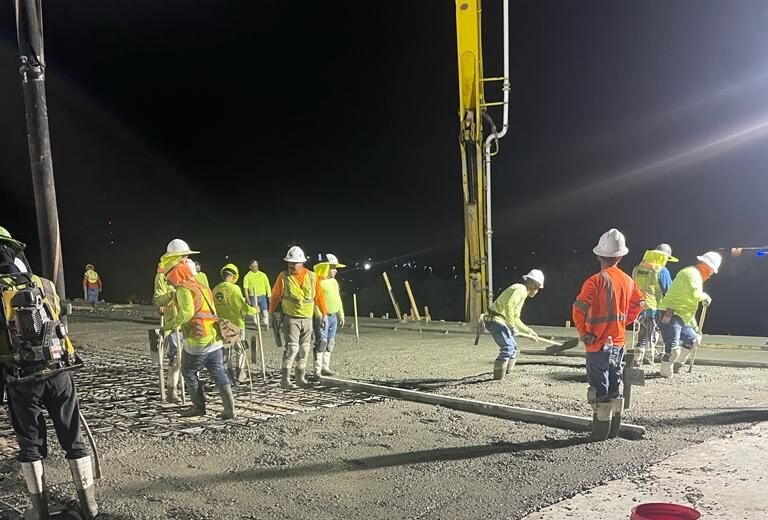
Essential Concrete Safety Tips: Protecting Workers on the Job Site Working with concrete is a fundamental aspect of the construction...

Cracks in concrete are one of the most common issues in construction, but they are not always a sign of failure. Understanding the science behind why concrete cracks can help contractors prevent them and implement effective solutions. This article explores the primary causes of concrete cracking and offers practical strategies to address them.
Common Causes of Concrete Cracking
Shrinkage Cracks
Thermal Cracking
Overloading
Improper Mix Design
Subgrade Settlement
How to Prevent Cracks in Concrete
Conclusion
Concrete cracks are often inevitable, but understanding their causes can help you minimize them. With the right planning, materials, and techniques, contractors can create durable and long-lasting concrete structures that stand the test of time.

Essential Concrete Safety Tips: Protecting Workers on the Job Site Working with concrete is a fundamental aspect of the construction...

Decorative Concrete: Trends in Modern Finishes for 2025 Concrete is no longer just a construction material — it’s become a...

Sustainable Concrete Innovations in 2025: The Future of Eco-Friendly Construction In 2025, the construction industry continues its transformation towards sustainability,...

The Science Behind Concrete Cracking: Causes and Solutions Cracks in concrete are one of the most common issues in construction,...

Top 10 Concrete Myths Debunked: What Every Contractor Should Know Concrete is one of the most widely used construction materials,...

How to Plan Concrete Pouring in Large Construction Projects Pouring concrete in large-scale construction projects requires meticulous planning, logistical coordination,...
© 2023 Created with RGA Concrete Contractors LLC
This website uses cookies to provide you with the best browsing experience.